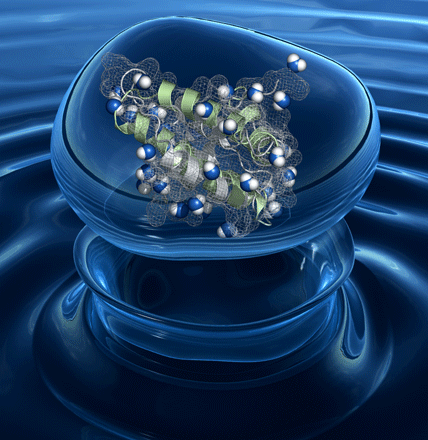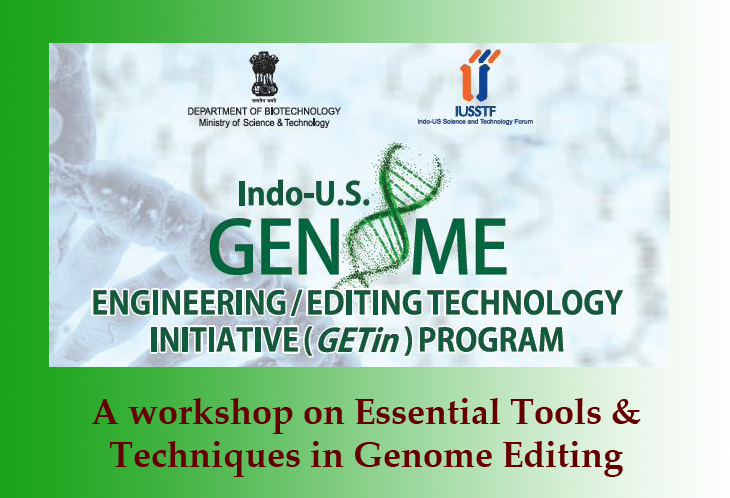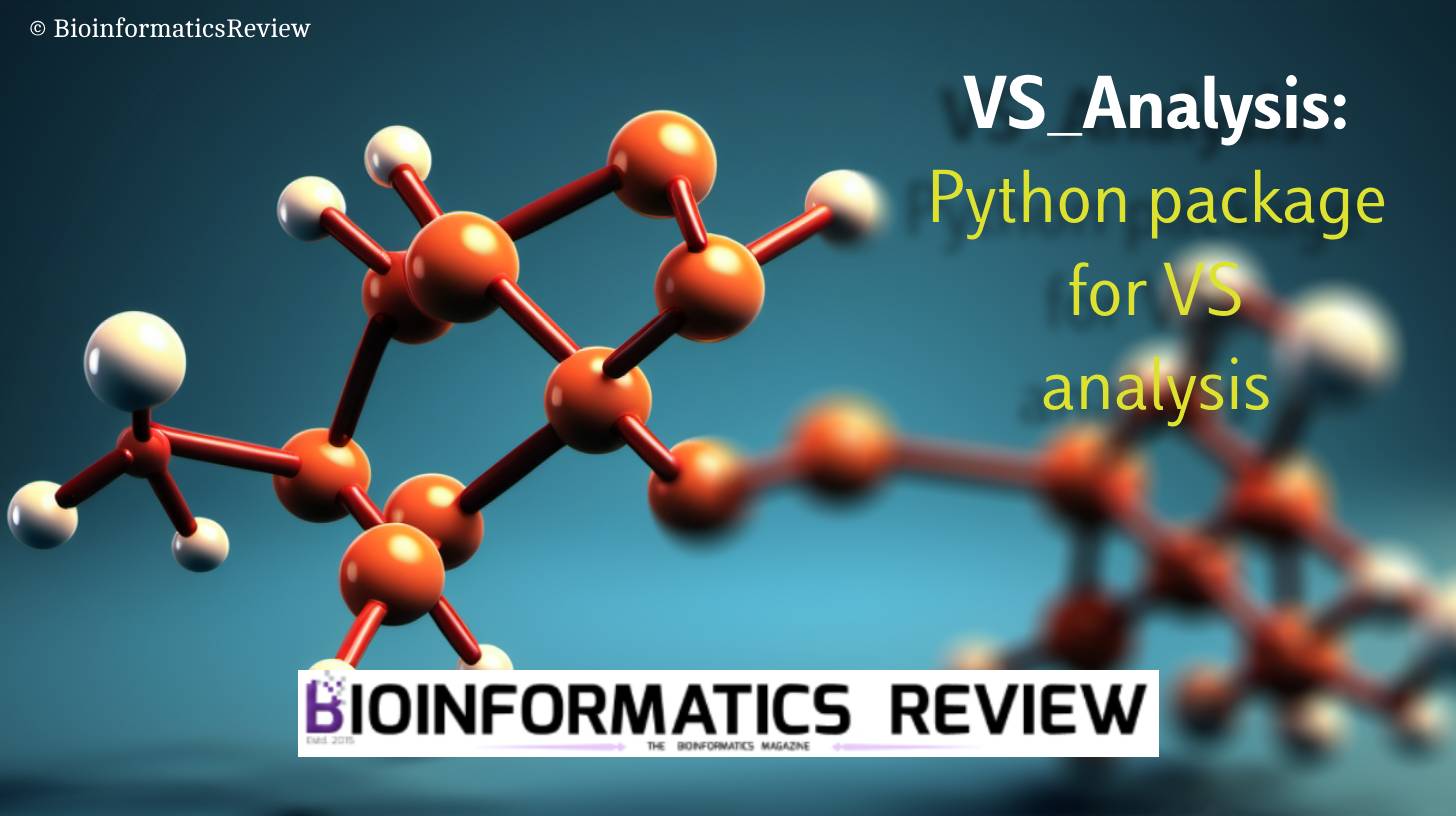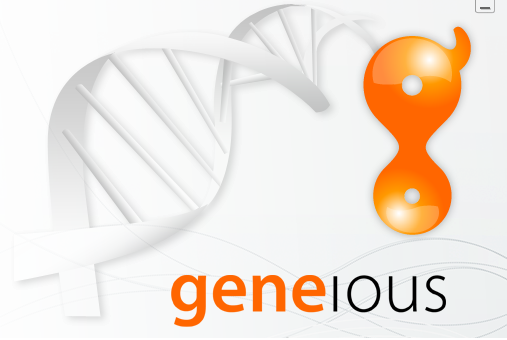As the approach towards the protein structure prediction has increased and has been successful in most of the cases but still also a big challenge. To handle this situation, the Protein Structure prediction is divided in to separate sub classes to get the information about the whole system (i.e.,protein structure). One of these sub classes is Disulphide Connectivity. Under this, the disulphide bonds formed between non-adjacent Cysteine residues are identified that would be cross-linked from other possible residues.
Since the disulphide bridges/bonds plays an important role in the folding process, stability and function of a protein, therefore, the prediction of disulfide bonds connectivity can help in prediction of protein structure. Disulphide Connectivity can be studied in two steps: first, by disulfide bonding state prediction and secondly, by disulphide connectivity prediction (DCP). The first approach classifies the cysteines bonded to another cysteines or any free cysteine according to their molecular states. DCP identifies the different pairs of cysteines that are bonded in a protein sequence. To perform these tasks,
various predictors are available that are mainly based on Neural Networks (NN) and Support Vector Machines (SVMs), and other predictive methods.
An Artificial Neural Network is a computing system of interconnected elements where some external inputs are applied and the information is processed by the dynamic responses given by the system. ANN provides a likelihood of forming a disulphide bond for each cysteine pair. Several algorithms are applied such as Gabow’s algorithm to implement NN in protein structure prediction. SVMs are the machine learning tool to predict tertiary structure from the primary sequence of proteins. This approach uses the Edmond-Gabow algorithm and PSSMs.
After performing these operations, to validate the accuracy of predicted connectivity patterns two parameters : Rb & Qb. Rb is the ratio of the number of correctly predicted bonds to the total number of disulphide bonds (Nb) in test proteins. Qb is the ratio of the number of proteins whose connectivity patterns are correctly predicted (Nprot) to the total number of proteins (Nt) in the test set.
For further reading, click here.
Note:
An exhaustive list of references for this article is available with the author and is available on personal request, for more details write tomuniba@bioinformaticsreview.com.





